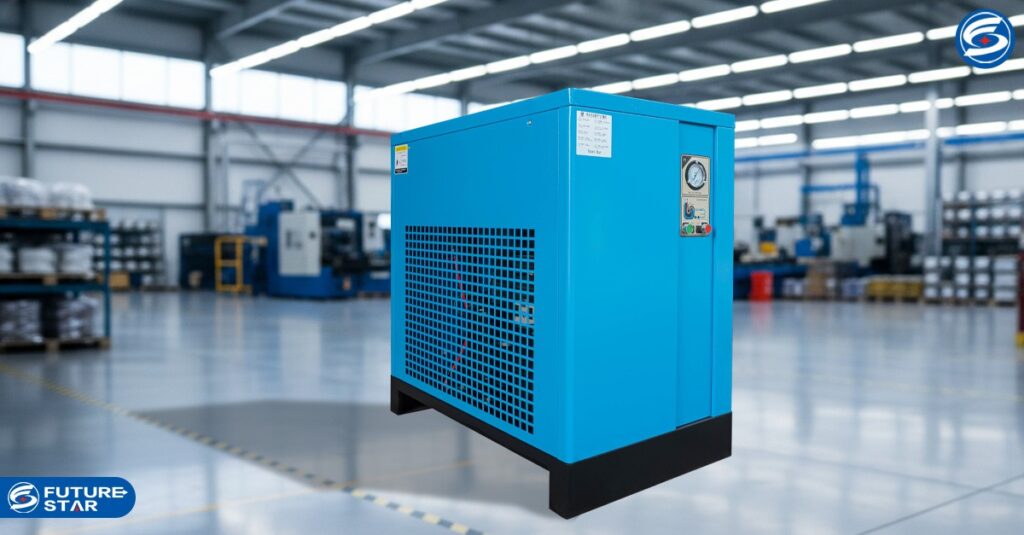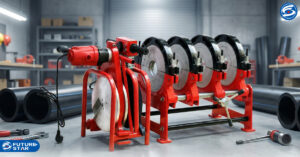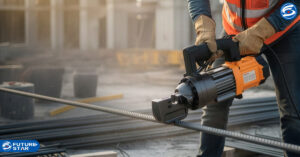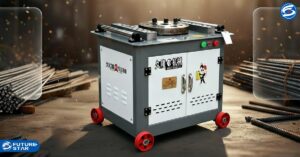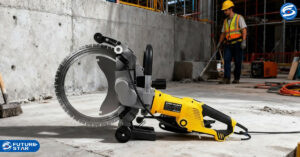Compressors are used in rotary, down-the-hole (DTH), and reverse circulation (RC) drill rigs. This is due to its important role in supporting the efficiency, speed, and cleanliness of the drilling process. Here is a detailed explanation of why compressors are indispensable in all three drilling methods, based on the main functions and characteristics of each technique:
1. Compressor Function in Drilling:
- Compressors, especially high-pressure air compressors, produce pressurized air that has several key functions in drilling:
- Cleaning Cuttings: Compressed air is used to transport cuttings from the bottom of the borehole to the surface. It is also used to keep the hole clean so that the drill bit can work optimally.
- Drill Bit Cooling: Compressed air helps cool the drill bit, preventing overheating that can damage equipment.
- Powering the Drill Tool: In the DTH method, the compressor provides power to drive the pneumatic hammer. The pneumatic hammer is located inside the borehole, whose function is to increase drilling efficiency in hard formations.
- Borehole Stabilization: Compressed air helps maintain the integrity of the borehole walls. Especially in unstable formations, by providing back pressure.
2. Compressor Usage on Rotary Drill Rig
In rotary drilling, both rotary water and rotary mud, compressors are often used, especially in the rotary water variation:
- Borehole Cleaning: In air rotary drilling, the compressor will supply high-pressure air through the drill stem to remove drill cuttings from the hole. This is very important to keep the hole clean and prevent clogging of the drill bit.
- Efficiency in Hard Formations: In hard rock formations, compressors support variations such as air rotary casing hammer (ARCH) or under reaming, where compressed air is used to generate rotary and impact forces, accelerating penetration.
- Flexibility: The compressor allows the use of air as the circulation medium instead of drilling mud, which is more environmentally friendly and suitable for consolidated rock formations.
3. Compressor Usage in DTH (Down-the-Hole) Drilling
- Pneumatic Hammer Drive: The compressor provides high-pressure air (typically 300-350 psi with a flow of 900-1150 cfm) to drive the DTH hammer. The hammer can generate direct impact on the drill bit. And enables fast and efficient drilling in hard rock such as granite or basalt.
- Drill Cuttings Cleaning: Compressed air transports drill cuttings through the chamber. annular to the surface, minimizing the risk of clogging.
- Energy Efficiency: The hammer is in the hole. The impact energy is not lost during the operational process through the drill stem. So DTH is more efficient than the top-hammer method for deeper holes.

